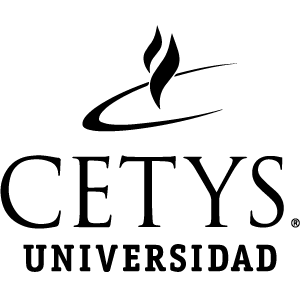https://repositorio.cetys.mx/handle/60000/1055| Campo DC | Valor | Lengua/Idioma |
|---|---|---|
| dc.contributor.author | Orozco Rosas, Ulises | - |
| dc.contributor.author | Picos, Kenia | - |
| dc.contributor.author | Montiel, Oscar | - |
| dc.contributor.author | Castillo, Oscar | - |
| dc.date.accessioned | 2021-06-14T18:28:29Z | - |
| dc.date.available | 2021-06-14T18:28:29Z | - |
| dc.date.issued | 2019-11 | - |
| dc.identifier.issn | 978-3-030-34135-0 | - |
| dc.identifier.uri | https://repositorio.cetys.mx/handle/60000/1055 | - |
| dc.description.abstract | An efficient algorithm for path generation in autonomous mobile robots using a visual recognition approach is presented. The proposal includes image filtering techniques by employing an inspecting camera to sense a cluttered environment. Template matching filters are used to detect several environment elements, such as obstacles, feasible terrain, the target location, and the mobile robot. The proposed algorithm includes the parallel evolutionary artificial potential field to perform the path planning for autonomous navigation of the mobile robot. Our problem to be solved for autonomous navigation is to safely take a mobile robot from the starting point to the target point employing the path with the shortest distance and which also contains the safest route. To find the path that satisfies this condition, the proposed algorithm chooses the best candidate solution from a vast number of different paths calculated concurrently. For achieving efficient autonomous navigation, the proposal employs a parallel computation approach for the evolutionary artificial potential field algorithm for path generation and optimization. Experimental results yield accuracy in environment recognition in terms of quantitative metrics. The proposed algorithm demonstrates efficiency in path generation and optimization. RESUMEN Se presenta un algoritmo eficiente para la generación de rutas en robots móviles autónomos utilizando un enfoque de reconocimiento visual. La propuesta incluye técnicas de filtrado de imágenes mediante el empleo de una cámara de inspección para detectar un entorno desordenado. Los filtros de coincidencia de plantillas se utilizan para detectar varios elementos del entorno, como obstáculos, terreno factible, la ubicación del objetivo y el robot móvil. El algoritmo propuesto incluye el campo de potencial artificial evolutivo paralelo para realizar la planificación de rutas para la navegación autónoma del robot móvil. Nuestro problema a resolver para la navegación autónoma es llevar con seguridad un robot móvil desde el punto de partida hasta el punto de destino empleando el camino con la distancia más corta y que también contiene la ruta más segura. Para encontrar el camino que satisfaga esta condición, el algoritmo propuesto elige la mejor solución candidata de una gran cantidad de caminos diferentes calculados concurrentemente. Para lograr una navegación autónoma eficiente, la propuesta emplea un enfoque de cálculo paralelo para el algoritmo de campo de potencial artificial evolutivo para la generación y optimización de rutas. Los resultados experimentales arrojan precisión en el reconocimiento del entorno en términos de métricas cuantitativas. El algoritmo propuesto demuestra eficiencia en la generación y optimización de rutas. | es_ES |
| dc.description.sponsorship | Springer,Link | es_ES |
| dc.language.iso | en_US | es_ES |
| dc.relation.ispartofseries | 827; | - |
| dc.rights | Atribución-NoComercial-CompartirIgual 2.5 México | * |
| dc.rights.uri | http://creativecommons.org/licenses/by-nc-sa/2.5/mx/ | * |
| dc.subject | Parallel evolutionary artificial potential field | es_ES |
| dc.subject | Path planning | es_ES |
| dc.subject | Mobile robots | es_ES |
| dc.subject | Template matching | es_ES |
| dc.title | Environment recognition for path generation in autonomous mobile robots | es_ES |
| dc.title.alternative | Hybrid Intelligent Systems in Control, Pattern Recognition and Medicine | es_ES |
| dc.type | Article | es_ES |
| dc.description.url | https://doi.org/10.1007/978-3-030-34135-0_19 | es_ES |
| dc.format.page | 273-288 | es_ES |
| dc.identifier.indexacion | Scopus | es_ES |
| dc.subject.sede | Campus Tijuana | es_ES |
| Aparece en las colecciones: | Artículos de Revistas | |
Este ítem está protegido por copyright original |
Este ítem está sujeto a una licencia Creative Commons Licencia Creative Commons


